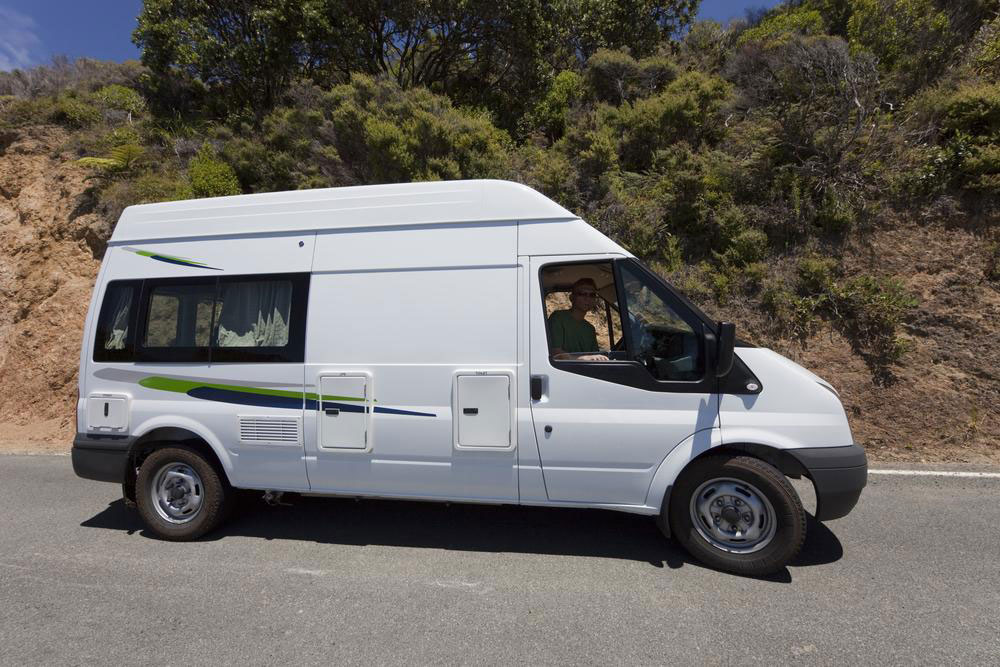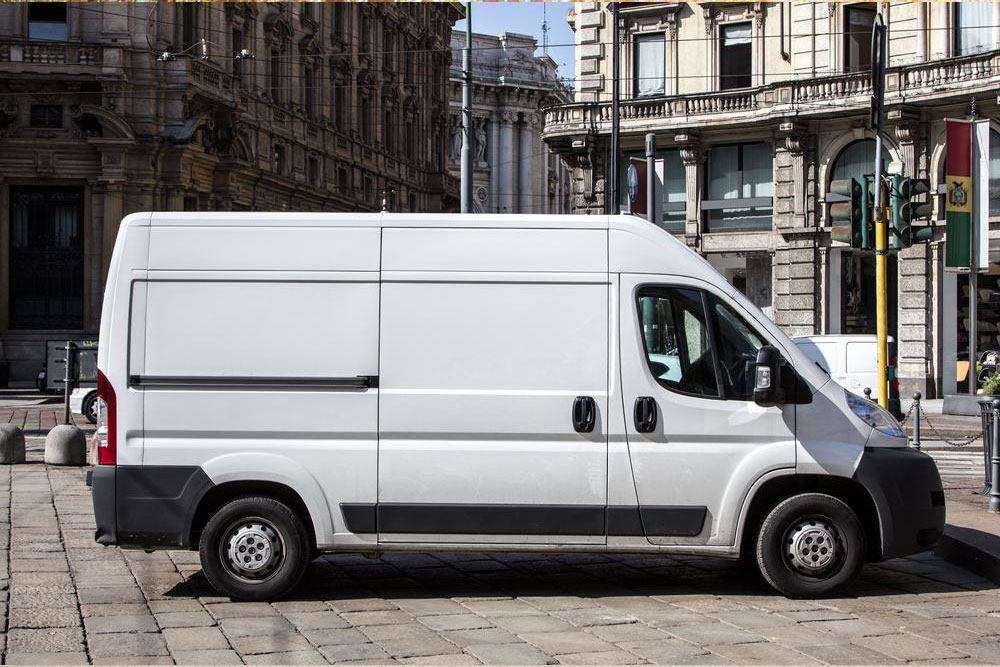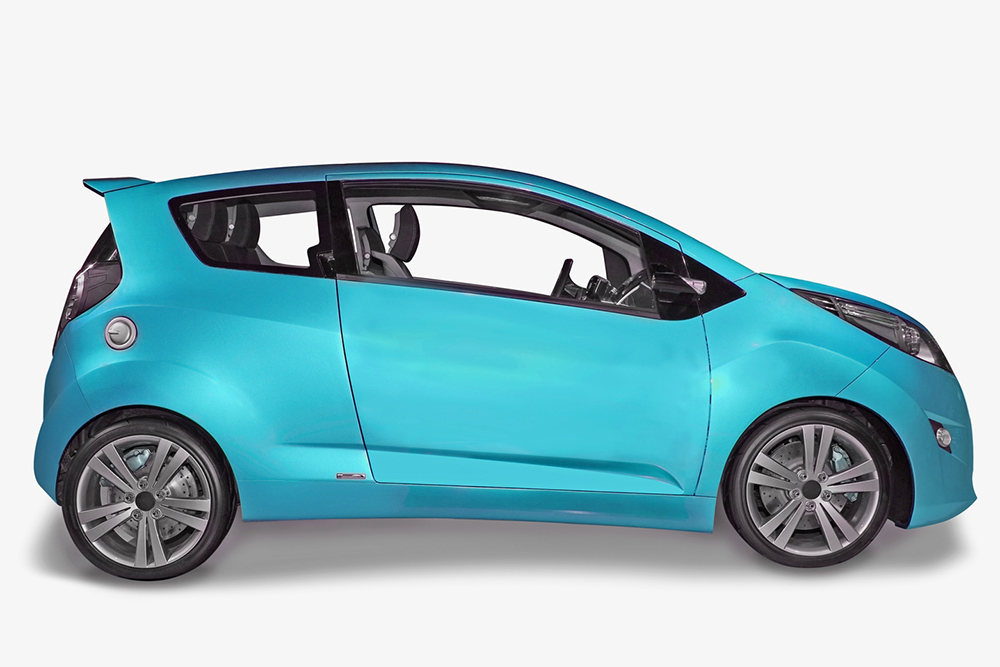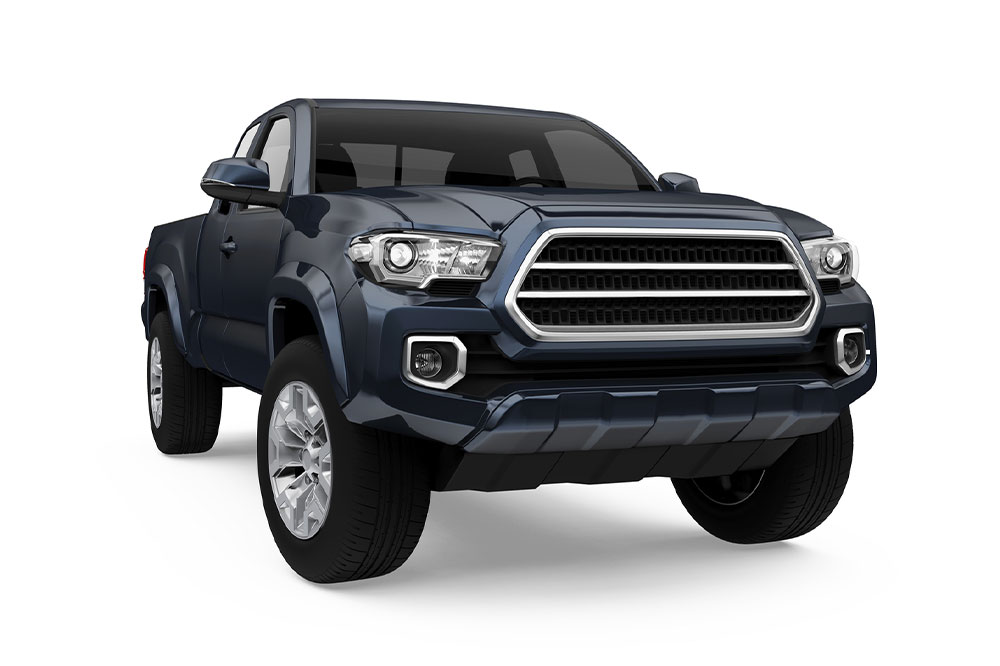Essential Guide for Purchasing a Used Van
Learn essential tips for purchasing a reliable used van. This guide covers sourcing options, vehicle checks, inspections, and legal steps to ensure a smart buy. Whether you're buying for conversions or daily use, these expert recommendations will help you secure a quality vehicle while avoiding common pitfalls, saving you money and legal headaches. Equipped with practical advice, this guide is ideal for anyone exploring affordable, dependable used vans.

Essential Guide for Purchasing a Used Van
In recent years, there has been a growing trend of people choosing to convert vans into living spaces instead of traditional homes. This shift has boosted the popularity of vans, both as everyday vehicles and as mobile homes. Since new vans can cost over $20,000, many buyers turn to used options that fit their budget and needs.
Top Tips for Buying a Used Van
1. Explore Sources: Private Sellers and Dealerships
Start your search by identifying reputable sellers, including private owners and trusted dealerships. Online marketplaces are a good place to find vans within your budget by searching phrases like "used vans near me under $5,000" or "used vans for sale under my location $10,000." Visiting local dealerships also gives you a chance to see available options firsthand. Some dealers offer certified pre-owned programs with warranties, adding peace of mind. Additionally, attend vehicle auctions, especially bank or repossession sales, to find potential bargains at local or government levels.
2. Verify Make, Model, Year, and Mileage
Knowing the van’s make, model, and production year helps estimate its market value. Also, check the odometer reading; most vans average 15,000–20,000 miles annually. Vehicles exceeding this range might have more wear, warranting a price reduction.
3. Review Vehicle History Report
A vehicle history report provides details about past accidents, repairs, and maintenance, helping assess its condition. Always request this report before purchasing to avoid hidden issues. Confirm the seller's ownership rights to prevent scams or legal complications.
4. Conduct Thorough Inspections
Inspect the undercarriage for leaks, rust, or corrosion.
Check the condition of belts and hoses for fraying or damage.
Ensure fluid levels, like transmission and brake fluid, are adequate.
Examine the battery for corrosion or damage.
Test all lights, signals, and interior features.
Smell for mold or water damage inside the van.
5. Examine Tire Tread Depth
Use the coin (or similar object) test: place a coin in the tire tread; if the tread covers the bear's paws, tires are good; if only half, consider replacement before buying.
6. Get an Expert Inspection
Have a trusted mechanic inspect the van to catch potential issues and help with negotiations, ensuring a sound purchase.
7. Take a Test Drive
Test the van in various driving scenarios to gauge performance, handling, and comfort. Pay attention to how it handles parking, reversing, and acceleration.
8. Finalize the Purchase Properly
Research your local rules for transferring ownership. Prepare all necessary documents, including sale agreements, paperwork for ownership transfer, insurance, and your driver’s license.
Note:
Our blog offers a wide range of information to help you make informed decisions. While our research aims to provide accurate insights, always verify details and consult professionals before making major purchases. The content here is for guidance and may not cover every opportunity or scheme available in the market.










